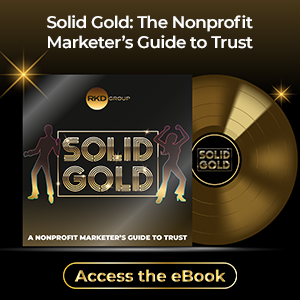The donor lifecycle is a lens on your donor database that allows you to view constituents through their transactional relationship with your organization. This tool can be oft-misunderstood but central to your strategy, budgets, reporting, results, etc.
If you’re in development, marketing, or fundraising at a nonprofit organization, you need to understand the donor lifecycle. But more importantly, you need to understand one particular lifecycle stage: Multiyear Donors.
The Core of Your Program
Within donor lifecycle maps you’ll find the Multiyear Donor group, sometimes referred to as Three-Year-Consecutive Donors. Those titles are a disservice to this group.
These donors are vital to your program.
Multiyear Donors generate high net revenue, engage with you in many channels, retain at the highest percentages and usually have a higher giving frequency than first-year or second-year donors.
Getting a donor into this group should be the heart of your direct marketing strategy. They are at the core of your fundraising program and deserve a name that reflects that. That's why we refer to them as Core Donors.
Your Program’s Thermometer
Different from new or second-year donors, your Core Donor group holds the highest potential to move into the next phase of the donor lifecycle.
Once donors give consistently for three years, their renewal rate chances spike from 40% to 80%., increasing their donor value 2 to 3 times more than a second-year donor. These behaviors indicate favorability for mid-level upgrading and high potential for long-term connection through planned giving.
Not only can Core Donors turn into high-level and long-term donors, they also act as your program’s thermometer. Core Donors often reveal the health of a campaign based on how they react (in terms of response rates) to what you’ve sent them.
Overlooking Core Donors is an expensive mistake. Their value is placed so high that losing one of them will require your organization to acquire three, four or sometimes even five new donors to replace their revenue-generating power.
Clearly not all donors are created equally, and they shouldn’t be treated that way either.
Find Your Core
As you plan for your next campaign or fiscal year—prioritize lifecycle analysis and the use of Core Donors as a filter for your fundraising activities.





Leave a comment: